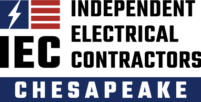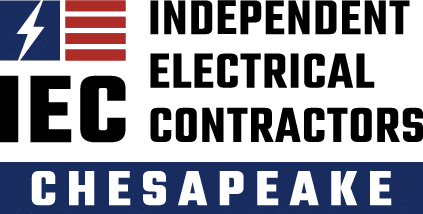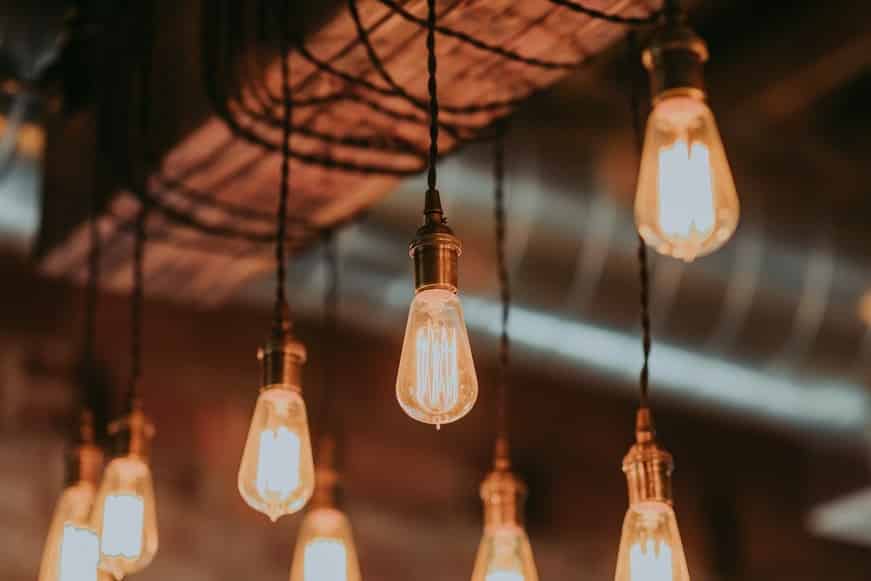What could be more spectacular than turning the nighttime into the day?
We think nothing is more spectacular. The light bulb kicks off our 40 Most Innovative Electrical Ideas to celebrate IECC’s 40th Anniversary.
1809: English inventor Humphry Davy creates the first light by connecting rods made of charcoal to a battery with two wires. The light was not sustainable, but the effort proved that when some materials become hot enough they glow as electricity flows through them.
1870’s: Thomas Edison experiments with the light bulb- the bulb in actually the glass encasement around the filament. Lighting professionals refer to a “light bulb” as a lamp, hence the “lamping of a light fixture”. Edison created the airtight glass case over a filament (looped wire) which connected to a flow of electricity we call a current.
When currents are strong enough the filament glowed bright. A lot of experimentation with filaments, including hair, led to a carbon filament and the light bulb was born.
In 1878 Edison went on to create the Edison Electric Light Company and pioneered electrifying cities.
For a fun explanation of AC and DC current(s), their differences, and why Thomas Edison and George Westinghouse were mortal enemies (ooooh! Electrical industry smack down!) take a look at this article by Mark Specht, Union of Concerned Scientists:
https://blog.ucsusa.org/mark-specht/the-current-war-why-did-westinghouse-ac-beat-edison-dc/
Enjoy the IEC Chesapeake 40 Electrical Innovations for Our 40th anniversary! 1982-2022
Jenny Boone,
IECC Business Development
#whatsurcircuit














